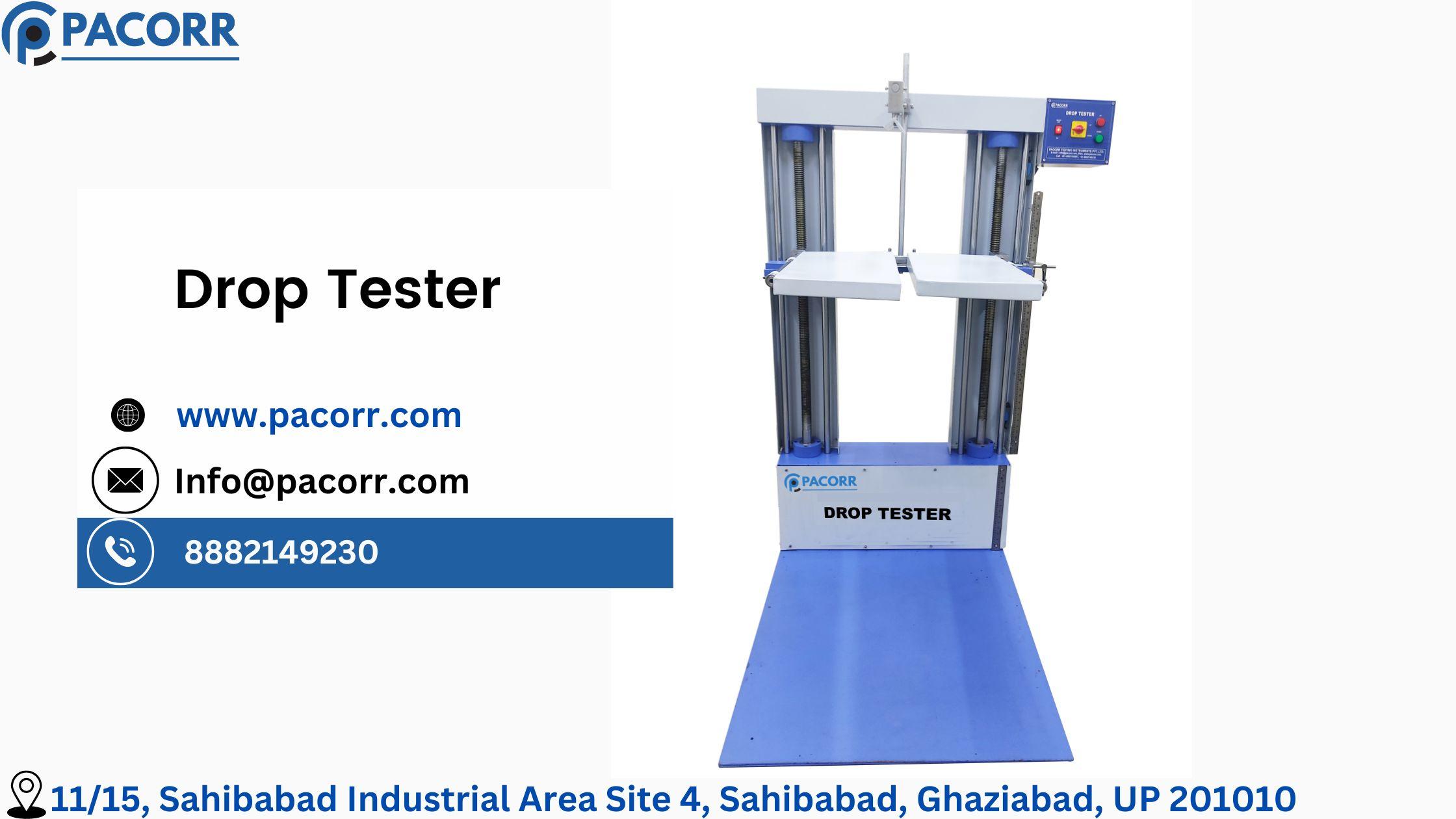Introduction
In the realm of packaging, ensuring that products can withstand the rigors of transport is crucial for maintaining quality and customer satisfaction. This is where Drop Tester come into play. These devices are essential for assessing the durability and impact resistance of packaging materials, ensuring that they can protect contents against common handling and shipping stresses.
What is a Drop Tester?
A Drop Tester is a specialized piece of equipment used in the packaging industry to simulate the impacts that packages may endure during shipping and handling. By mimicking real-world conditions through controlled drop tests, manufacturers can assess the effectiveness of packaging in protecting its contents.
How Does a Drop Tester Work?
The core functionality of a Drop Tester involves a platform where the test package is placed. This platform is then elevated to a predetermined height—typically up to a few meters—depending on the test requirements. Upon release, the package undergoes a free fall and impacts a solid surface, which mimics the real-world impacts that occur during transportation. The effects of this impact are then analyzed to determine the package's durability and the protection it offers to the contents inside.
Key Features of Drop Tester
Drop Tester are designed with several key features that make them indispensable in the testing process:
Adjustable Drop Heights: Allows for testing under various conditions to simulate different real-world scenarios.
Precision Controls: Ensures that each test is reproducible, providing consistent and reliable results.
Versatile Testing Capabilities: Suitable for testing a wide range of packaging materials, including cardboard, plastic, and wooden crates.
The Importance of Using Drop Tester
Compliance with Safety Standards: Many industries are required to meet specific packaging standards set by regulatory bodies. Drop Tester help ensure compliance with these standards, such as those from the International Safe Transit Association (ISTA) and American Society for Testing and Materials (ASTM).
Improving Product Safety: By understanding how packaging reacts under stress, companies can innovate safer and more effective packaging solutions that reduce the risk of product damage during transit.
Cost Reduction: Effective drop testing helps in optimizing packaging by identifying over-engineered or underperforming design elements, which can lead to significant savings in material costs and reduce waste.
Applications in Different Industries
Drop Tester are used across various sectors, including:
Electronics: Ensuring that devices such as smartphones, laptops, and TVs are protected when shipped.
Pharmaceuticals: Testing packaging for medical equipment and supplies, where protection from impact is crucial.
Food and Beverage: Assessing the resilience of glass bottles, cans, and plastic containers to prevent spillage and contamination.
What standards do Drop Tester help meet?
Drop Tester help meet standards set by organizations such as:
International Safe Transit Association (ISTA): Offers protocols specific to different product types and shipping scenarios.
American Society for Testing and Materials (ASTM): Provides standardized methods for testing the physical and mechanical properties of packaging materials.
How often should testing be performed?
Testing frequency can vary based on several factors, such as:
Product Changes: Any change in product design or packaging material should prompt re-testing.
Incidence of Damage: If there's an increase in product damage during shipping, re-evaluating the packaging through drop testing is advisable.
Regulatory Requirements: Some standards may require periodic testing to ensure ongoing compliance.
FAQ
What is a Drop Tester?
A Drop Tester is a specialized device that simulates the impact a package undergoes during shipping by dropping it from a controlled height.
How does a Drop Tester work?
It securely holds a package, elevates it to a set height, and releases it to fall freely and impact a hard surface, testing the packaging's resilience.
Why is drop testing important?
Drop testing ensures that packaging can protect its contents effectively, helping to comply with safety standards and reduce damage-related costs.
What types of packages can be tested?
Drop Tester can assess a variety of packaging materials, including cardboard, plastic, and wood, accommodating different package sizes and weights.
Can Drop Tester simulate different types of falls?
Yes, they can simulate various fall scenarios such as corner, edge, and flat drops to provide comprehensive testing results.
What standards do Drop Tester help meet?
They help meet international standards like ISTA (International Safe Transit Association) and ASTM (American Society for Testing and Materials) for packaging.
How often should testing be performed?
Testing frequency should be based on new packaging introductions, changes in packaging materials, or after noticing an increase in transit damage.
What are some tips for conducting effective drop tests?
Ensure accurate simulation of shipping conditions, use controls for comparison, and thoroughly document all test results for consistent improvements.
For more insights into using Drop Tester effectively, visit Pacorr.com
Conclusion
A Drop Impact Tester is a crucial investment for any manufacturer prioritizing product quality, safety, and durability. By simulating real-world impact conditions, it allows for the identification and rectification of potential weaknesses in product design. When selecting a Drop Tester, it's essential to consider your specific testing requirements, the versatility of the equipment, and the depth of analysis you need.

